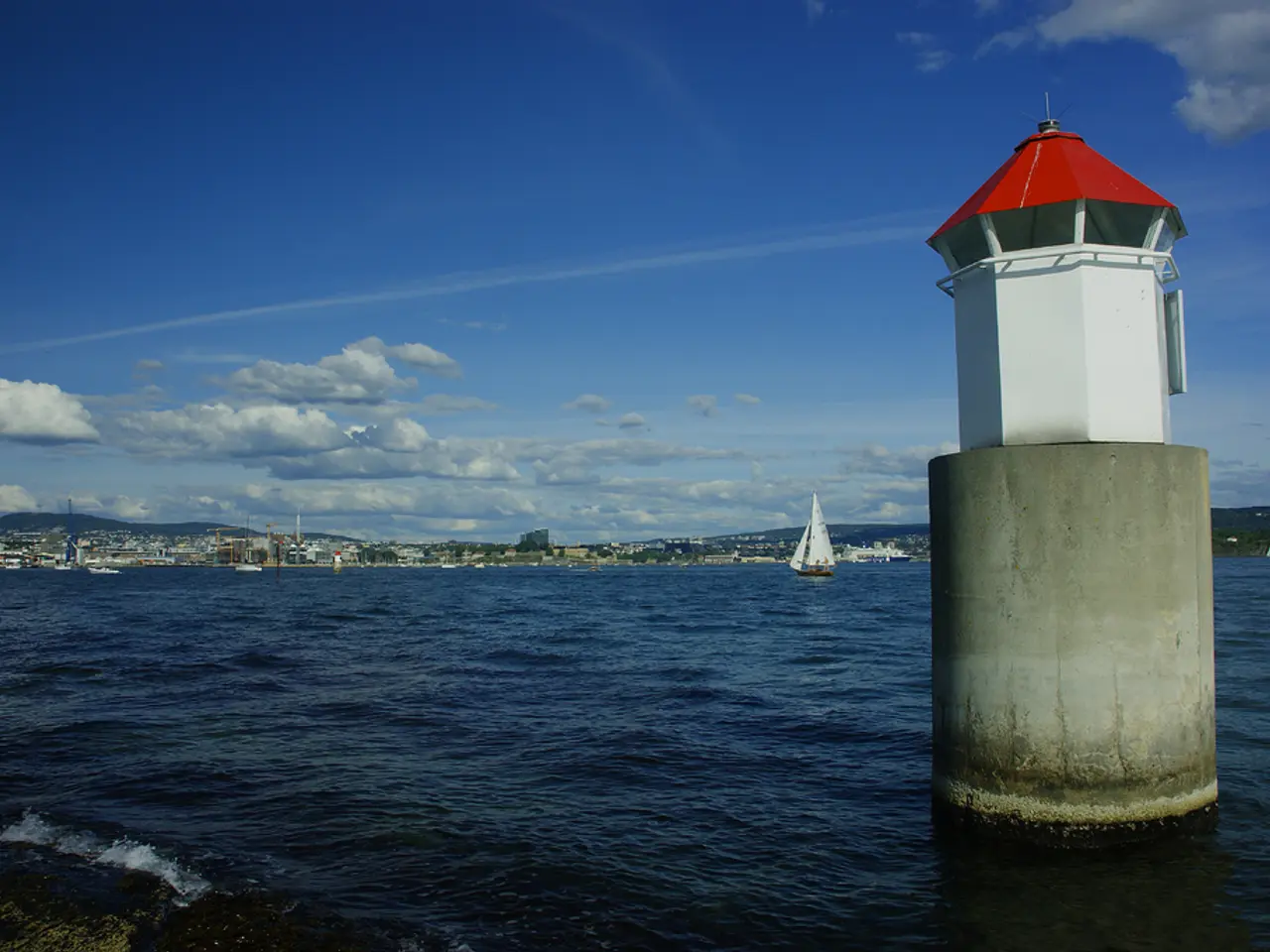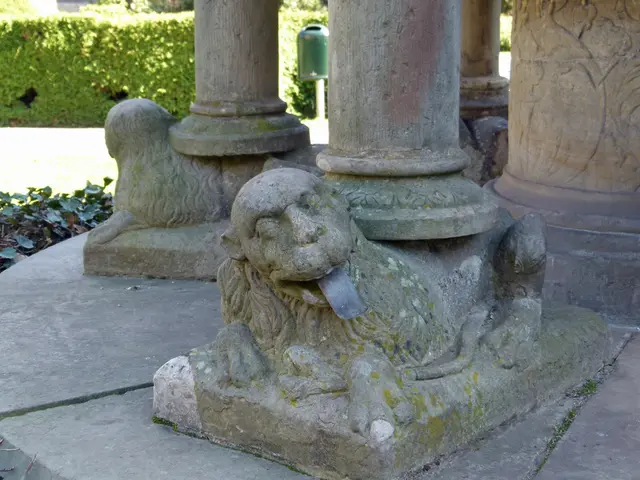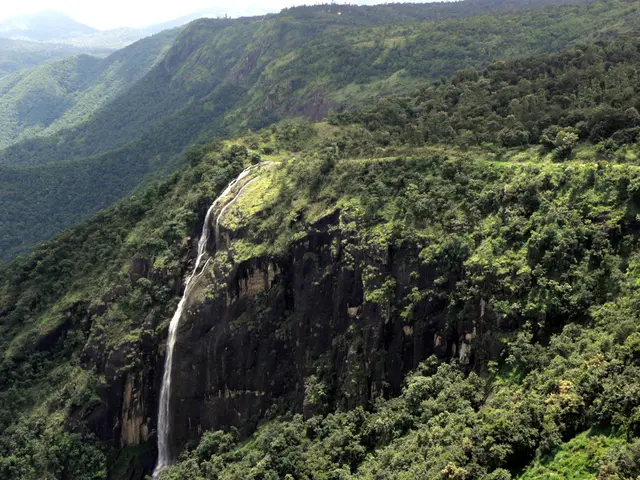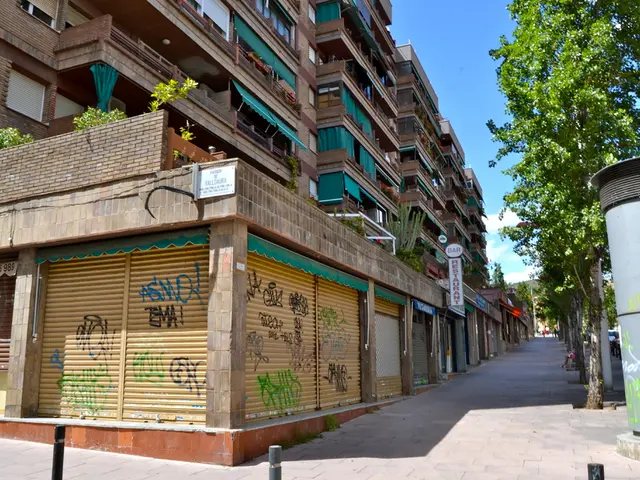Journey Through Time: Chronicles of Mont Saint-Michel's Rich History
Mont Saint-Michel: A Testament to History and Resilience
Mont Saint-Michel, a medieval island commune in Normandy, France, is a veritable treasure trove of historical significance. Its origins date back to 708 AD, when Bishop Aubert of Avranches experienced a divine dream that would forever change the course of history [1][3][4].
The dream saw the Archangel Michael commanding Aubert to build a sanctuary on the rocky islet that rises with the tide. Initially hesitant, Aubert eventually relented, and the first humble church was built on Mont Saint-Michel as a result of this divine intervention [1].
By 966 AD, a community of Benedictine monks had made it their home, and the abbey expanded with crypts, chapels, and towering spires [1][3]. The abbey became a center of religious life and intellectual activity during the Middle Ages.
Mont Saint-Michel's strategic location made it important during various conflicts. It was fortified in the 14th century to resist attacks in the Hundred Years’ War (1337–1453) between England and France. The abbey's natural defenses, combined with its fortifications, kept it safe from capture [3].
During the Wars of Religion in the late 16th century, the abbey also played a defensive role. However, it underwent a decline during the French Revolution when it was repurposed as a prison, and religious services were banned [1].
The abbey's library once housed some of the most precious manuscripts in Europe, but it was during World War II that Mont Saint-Michel truly shone as a symbol of hope. It served as a secret meeting place for the French Resistance, and it also played a role in sheltering those fleeing persecution [2].
Today, Mont Saint-Michel is not only a symbol of French heritage and religious devotion but also a UNESCO World Heritage site since 1979, attracting millions of visitors annually for its rich history, unique architecture, and striking natural setting [5].
One of the abbey's most intriguing secrets is a hidden passageway used by the monks during times of siege. Bishop Aubert also established a community of devotees who would tend to the sanctuary, and each stone, each corner, each view of Mont Saint-Michel tells a story.
Mont Saint-Michel is a fortress that has stood against the tests of time and war, a testament to the resilience of human spirit and the power of faith. It promises an unforgettable journey, offering a glimpse into its clandestine past.
[1] BBC History - Mont Saint-Michel [2] History Learning Site - Mont Saint-Michel during World War II [3] Mont Saint-Michel - The Official Website [4] The Guardian - Mont Saint-Michel: a miracle of the Middle Ages [5] UNESCO - Mont Saint-Michel and its Bay
(Note: The sources provided are for reference purposes only. The article does not contain advertisements.)
The lifestyle within Mont Saint-Michel’s ancient walls mirrors the transformations it has experienced, from a religious sanctuary to a prison and back to a tourist destination. One could embark on a travel journey, not only admiring the architectural magnificence and natural beauty but also exploring its rich history marked by conflicts and political upheavals, including the Hundred Years’ War and the French Revolution. In times of war-and-conflicts and general-news significant to Europe, Mont Saint-Michel emerged as a stronghold and a symbol of resilience, embodying a testament to the enduring spirit of its inhabitants.




